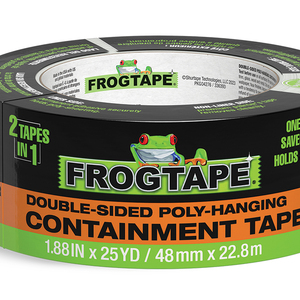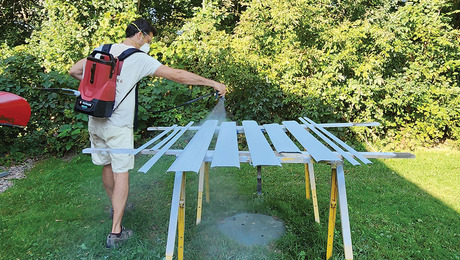Q:
I accidentally thinned a latex enamel with paint thinner. To my surprise, it brushes much better and seems to dry only a little more slowly. Unlike “latex conditioners,” it does not seem to dull the paint, the paint retains its full body, and the result is a smooth finish. Have I done anything wrong here?
David Harrell, via email, None
A:
Tim Leahy, a finishing foreman with Kirby Perkins Construction in Newport, R.I., replies: Funny thing, but I have heard of people doing this before, and not accidentally. Modern latex (waterborne) paints are mostly acrylic-based, and adding a small amount of mineral spirits and mixing it well seem to have little negative effect. The acrylic binders can handle the thinner without breaking down. This is why most universal-tinting colors and small amounts of artist’s oil colors are also compatible with many acrylic paints. After the paint dries, though, the encapsulated paint thinner could weaken the paint’s performance and longevity.
Hence, I don’t recommend adding paint thinner to latex paint. High-quality conditioners like Floetrol (www.flood.com) do not reduce sheen or reduce the body of the paint unless used in excess, and they maintain the paint’s intended characteristics.
The most important thing is properly preparing the surface before applying a finish coat. Many poor-looking paint jobs are actually good-quality paint work over a poorly applied primer coat.
Apply the finish paint generously; a coating that is too thin will dry before it can level, leaving brush strokes. You can scuff between finish coats with 400-grit sandpaper or a maroon Scotch-Brite pad.

























